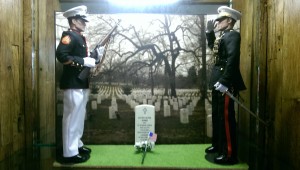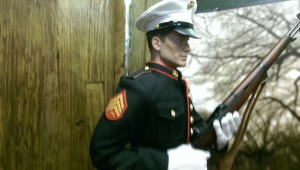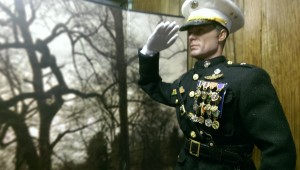Hungerford Arcade is very proud to show you more of the vintage Military Vehicles from last week’s show where they raised lots of money for the Royal British Legion Poppy Appreal.
Thank you to June and Gary Crook for organising this very important event and for all the members who came along in their wonderful vehicles.
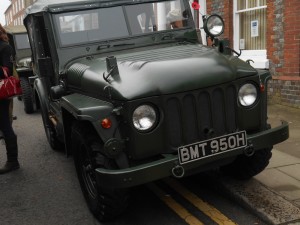
George Ralph’s British Army vehicle made by the Austin Motor Company and has a Rolls Royce engine (See the document alongside this picture). The army version was officially known as “Truck, 1/4 ton, CT, 4×4, Cargo & FFW, Austin Mk.1” however the civilian name “Champ” was universally, if unofficially, applied to it. Fabulous vehicle.

4 year old Jessica with her dad, Richard. Both are having a wonderful time in Chris’ Jeep
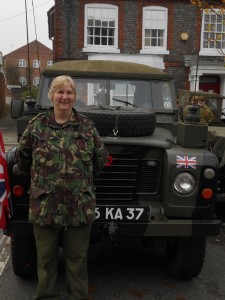
Thought I would take a picture of June on her own, but can you see what husband Gary is doing from the driver’s seat? He’s a cheeky chappy!
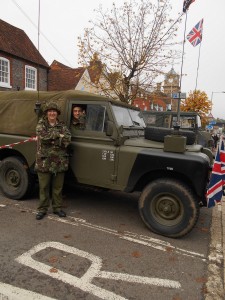
Lovely June Crook with her beloved Land Rover. Husband, Gary sitting inside posing with his Action Man!
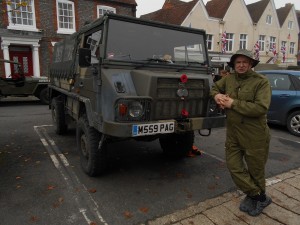
Ashley Simpkins with his amazing Pinzgauer Troop Carrier
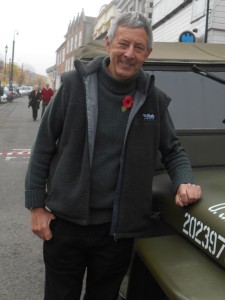
Paul McLean is from the Nuclear Monitory Post at Great Bedwyn. Built in 1925, it was originally for the Royal Observers Corps and was in use up until the 1990’s. Paul said they do field trips where you can go downstairs and see and feel what it must have been like during war time. You can get details on line at the Royal Observer Corps. Gary and June Crook are strong corps members.
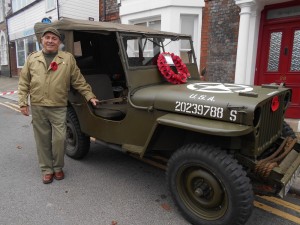
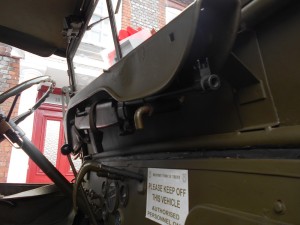
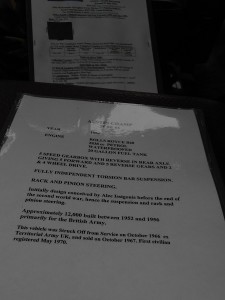
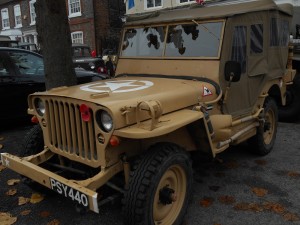

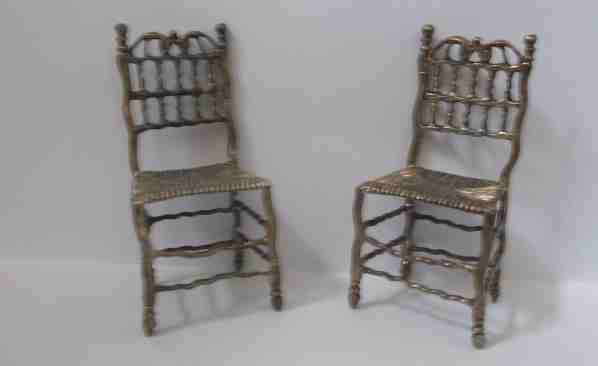
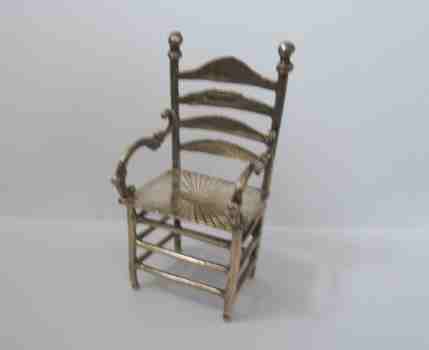
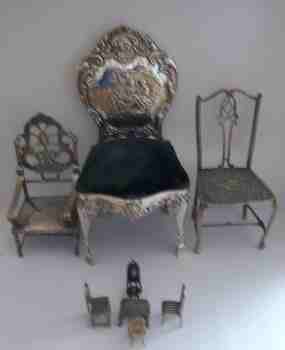
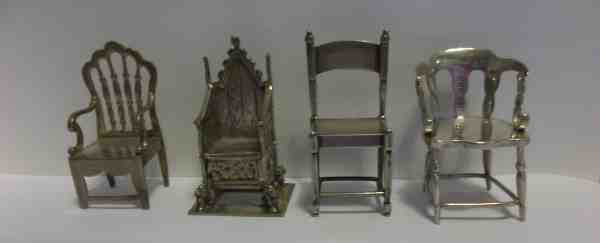
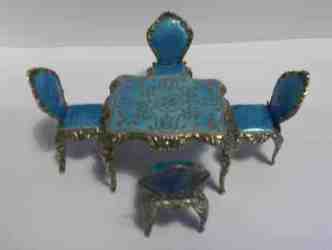
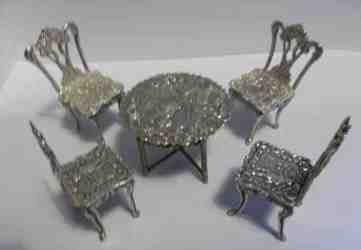
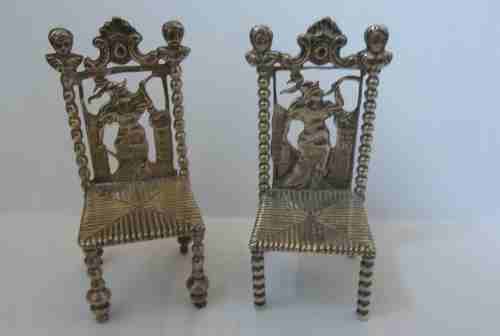
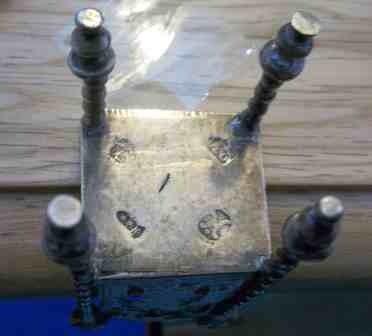
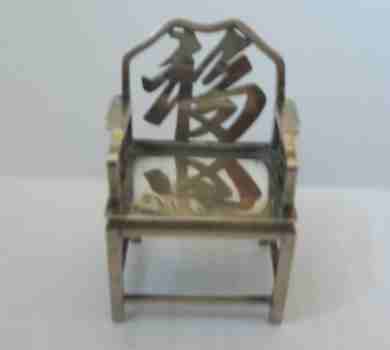
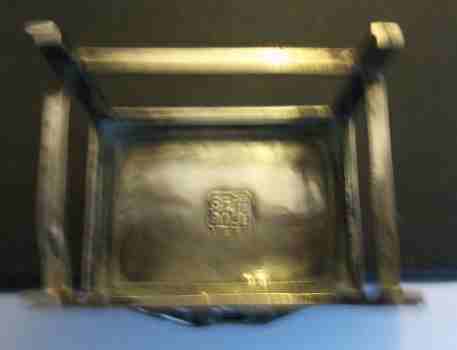
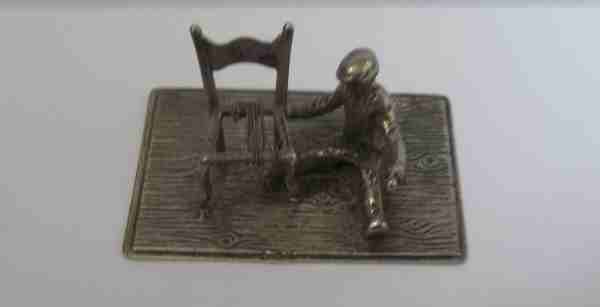
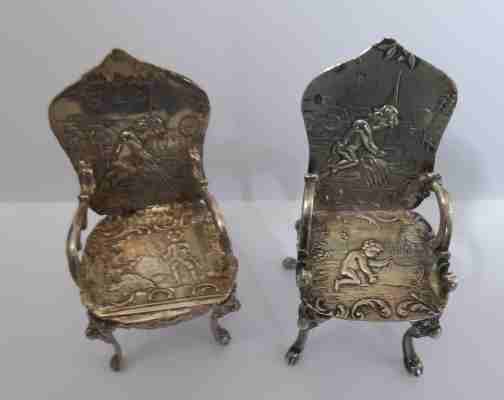
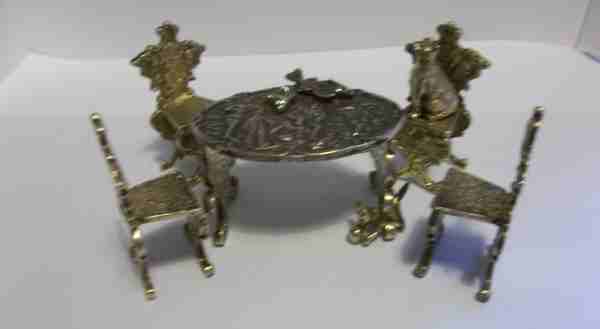
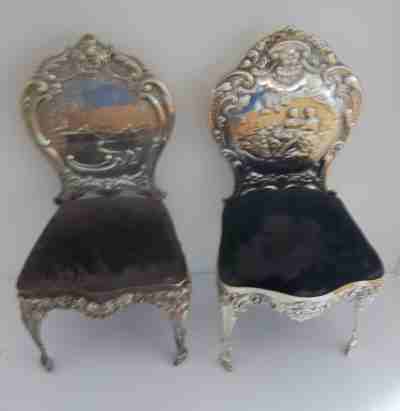
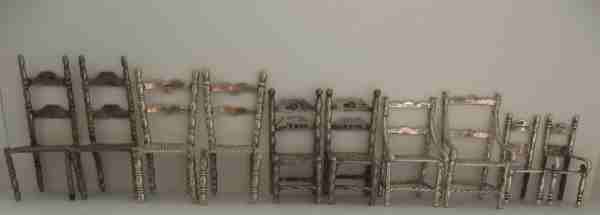
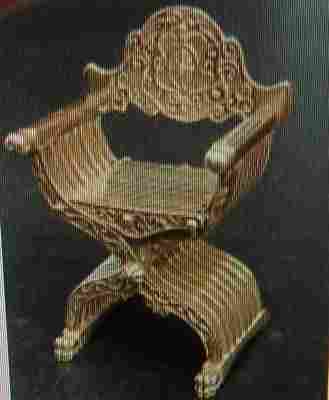
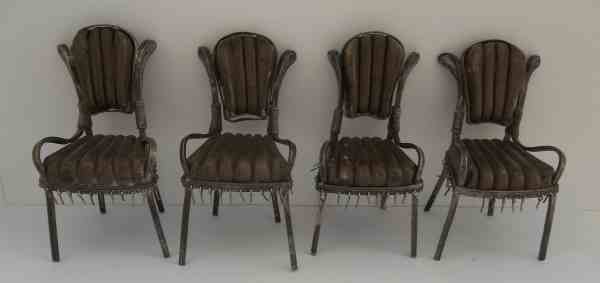
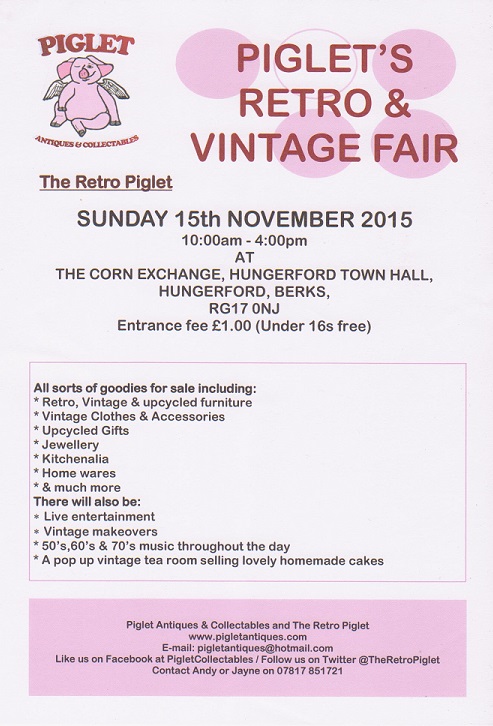
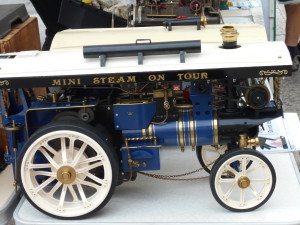
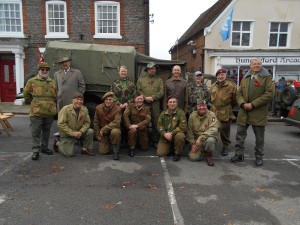
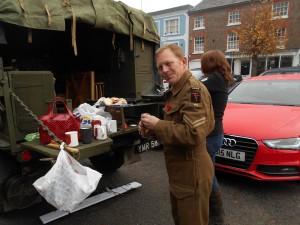
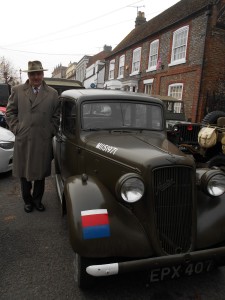
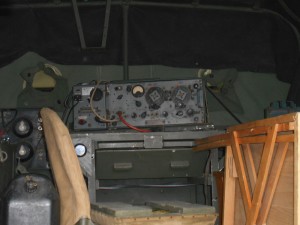
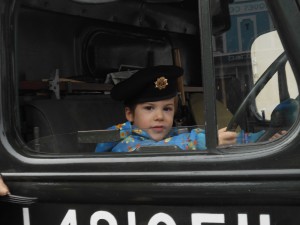
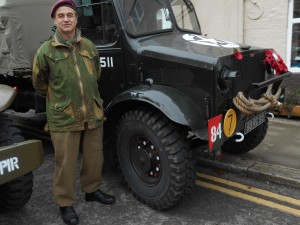
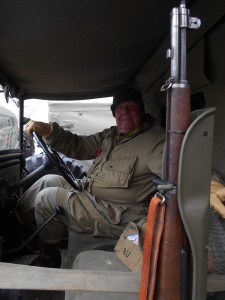
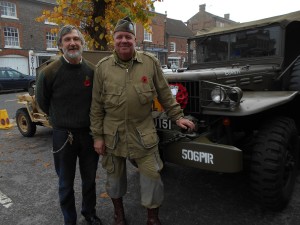
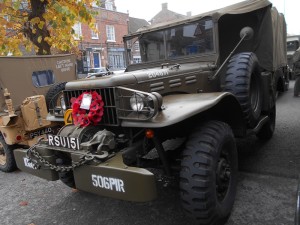
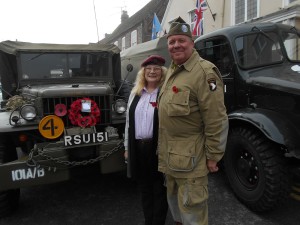
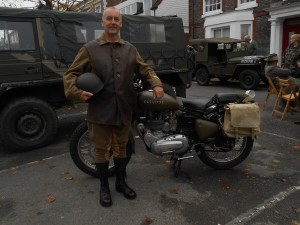

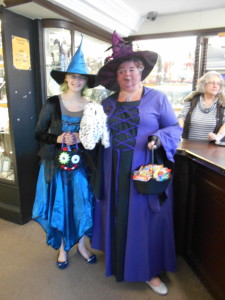
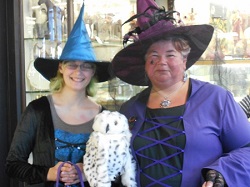 They stalked the Arcade and there came across stallholder, Don Greenslade. We all gasped and wondered what they had in store for poor Don, when the older witch grabbed him and then, without warning, planted a big kiss on the side of his face. Then, the young witch did exactly the same. What is going on? we thought.
They stalked the Arcade and there came across stallholder, Don Greenslade. We all gasped and wondered what they had in store for poor Don, when the older witch grabbed him and then, without warning, planted a big kiss on the side of his face. Then, the young witch did exactly the same. What is going on? we thought. 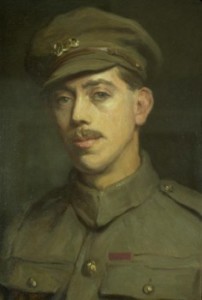 By 1915, Fred was a soldier serving in 1/1st Berkshire Yeomanry and found himself involved in the treacherous Gallipoli Campaign.
By 1915, Fred was a soldier serving in 1/1st Berkshire Yeomanry and found himself involved in the treacherous Gallipoli Campaign. 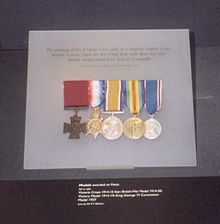 The Victoria Cross and other medals that belonged to Fred are now held by the Imperial War Museum.
The Victoria Cross and other medals that belonged to Fred are now held by the Imperial War Museum. 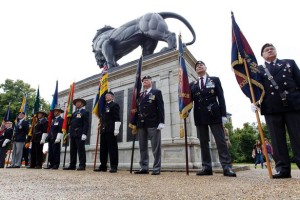 Shortly after this, plans were put into place that a permanent memorial be erected in honour of Trooper Potts.
Shortly after this, plans were put into place that a permanent memorial be erected in honour of Trooper Potts. 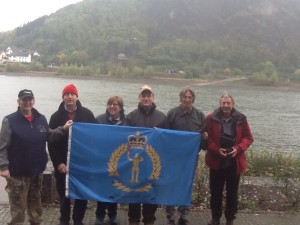
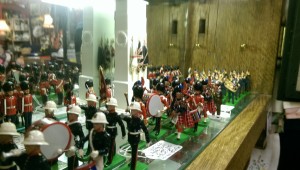 Gary and June came into the Arcade this week to do something very special to their unit. They cleared two shelves of militaria which was for sale and replaced it with a military display for Remembrance. As you can see from the pictures, they did a marvellous job.
Gary and June came into the Arcade this week to do something very special to their unit. They cleared two shelves of militaria which was for sale and replaced it with a military display for Remembrance. As you can see from the pictures, they did a marvellous job.